
Making Space at the Table
NAP Contemporary’s group show, The Elephant Table, platforms six artists and voices—creating chaos, connection and conversation.

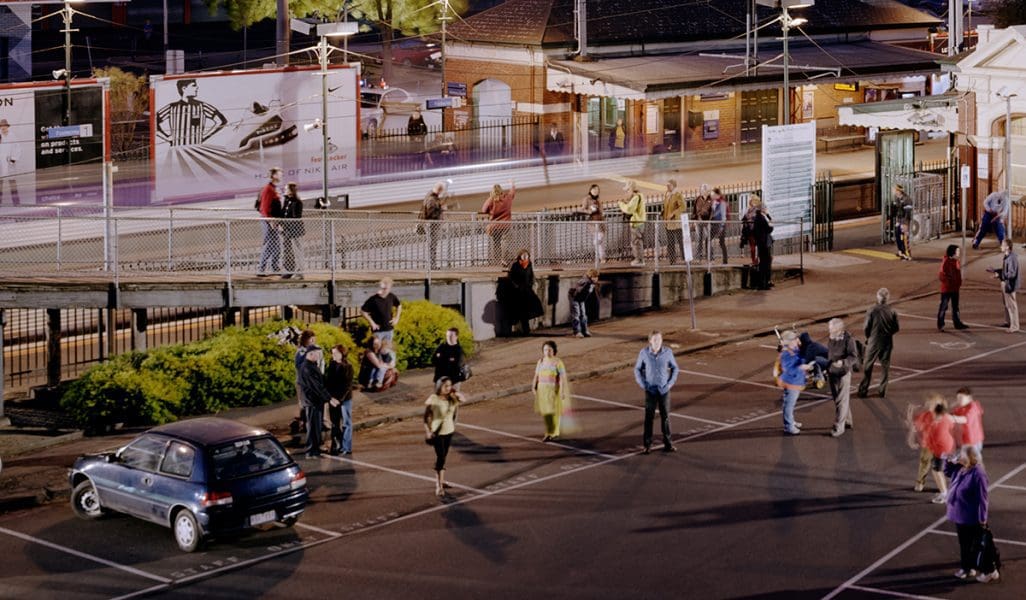
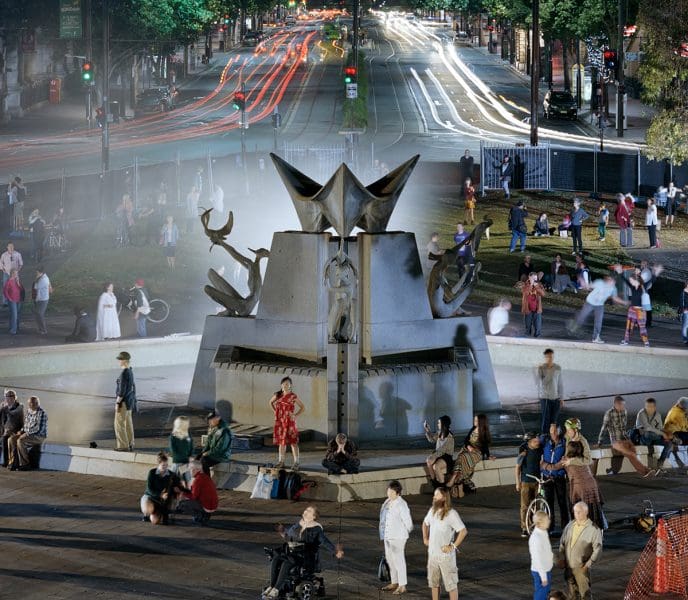
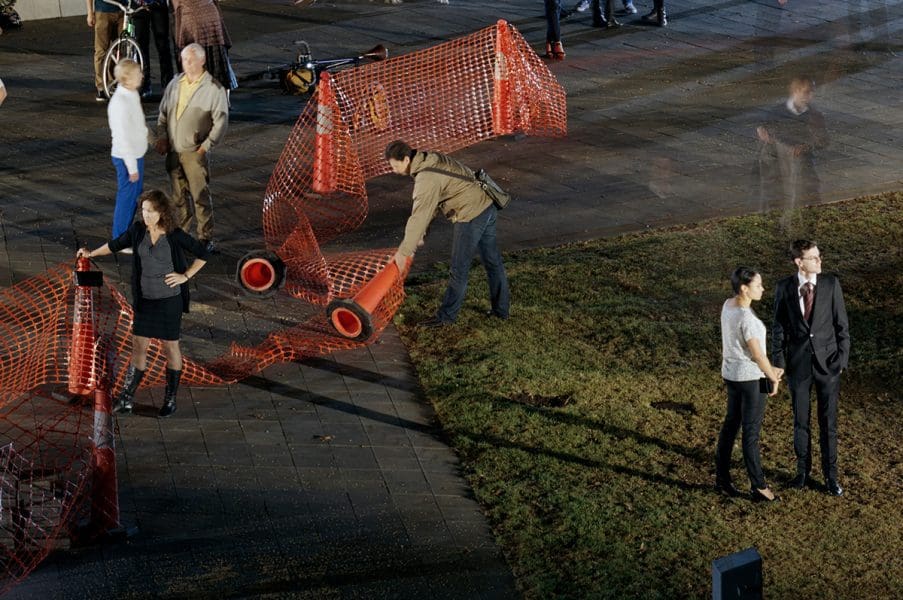

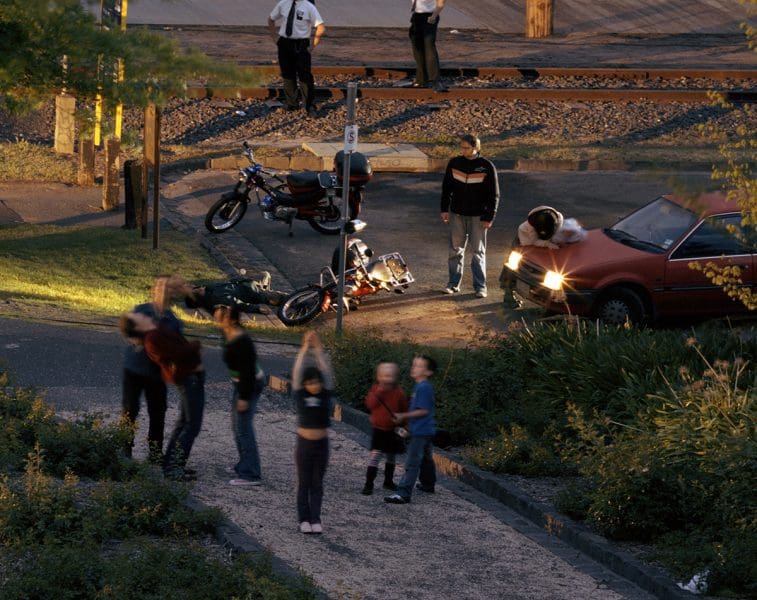
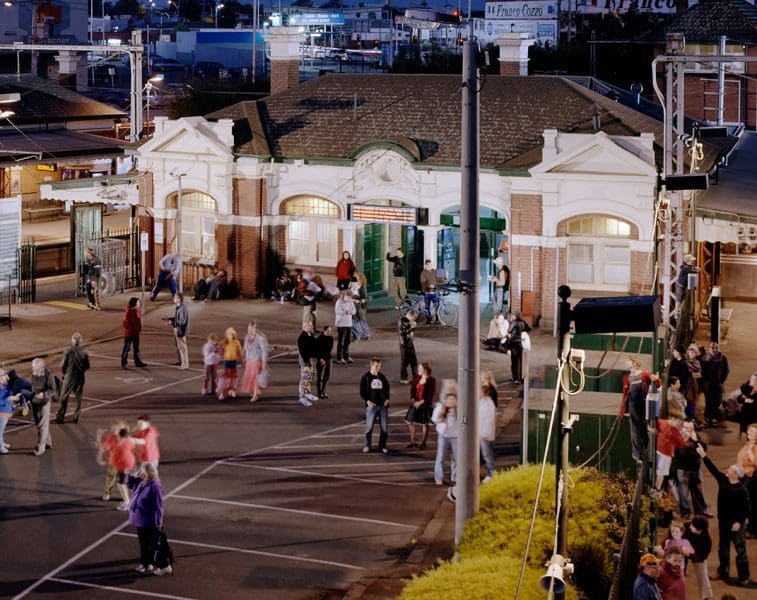

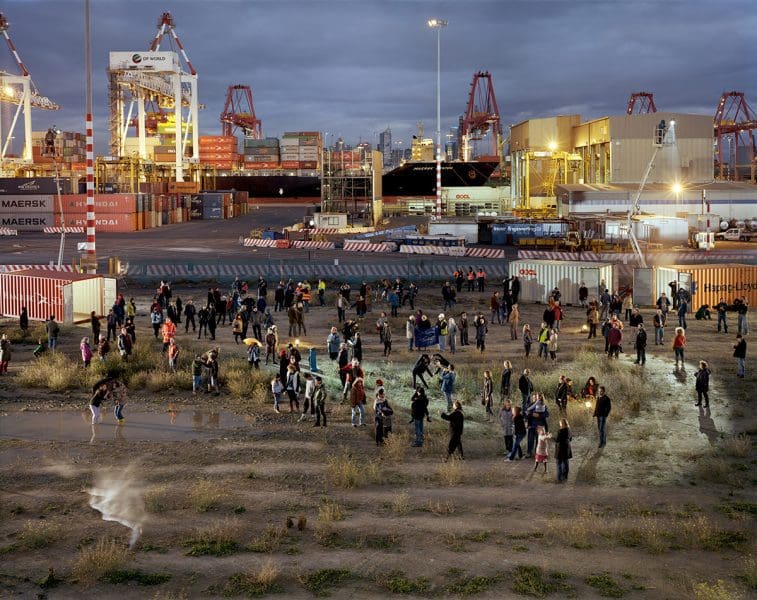
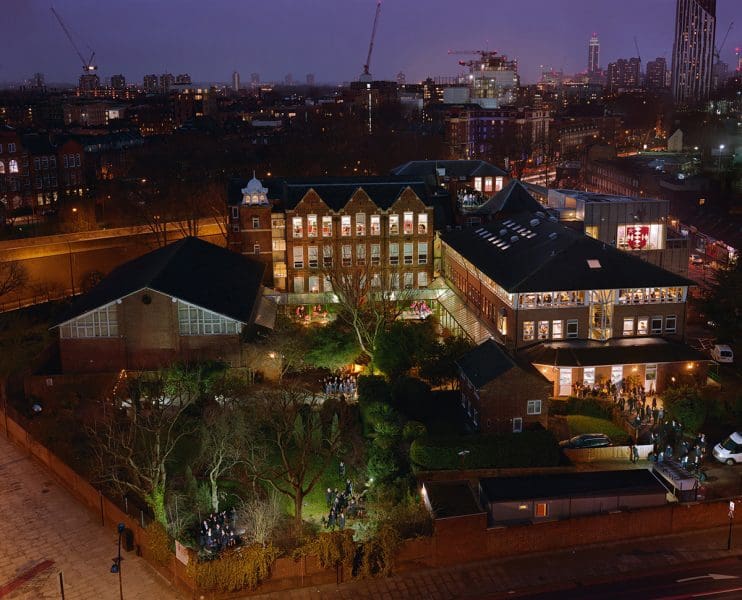
With a resolutely civic ethos, Simon Terrill photographs outdoor spaces staged with everyday people. Their locations, places where contemporary life plays out in public, span Australia and England, including Footscray Station, Port of Melbourne and Southbank where the ‘crowd’ spills up into the windows of apartments. Some of these sites are politically contested, touching on issues such as gentrification, while others are less so.
The people in these works have a relationship to the location, but Terrill is weary of ascribing to them the term community, preferring crowd (hence the title Crowd Theory). “When I began this series of works in 2004 I was quite obsessed by a book called Crowds and Power by Elias Canetti,” explains Terrill. “The ‘crowd’ seemed like a good term rather than community. The problem with ‘community’ is that it defines who is included and who is excluded. The ‘crowd’ felt like a nice idea because it doesn’t have those definitional boundaries.”

Creating his Crowd Theory photographs involves extensive site research and connecting to “anyone and everyone who has an association with the site,” says Terrill. “There’s no criteria. Anyone who has an association or feels they do. It’s not for me to say, it’s for them to say.” The recruiting process has included word of mouth, posting fliers in the location, and “hanging around” the location as opposed to social media.
The images are staged at dusk and involve a large production crew such as lighting directors, production managers and marshals. Terrill takes 10 photographs over an hour which he describes as a “ritual” procedure. He asks the participants to hold one thought of what the place means to them. The final photograph is termed “a partial document, but also it’s a performance and an event. It’s not documentary work. I wouldn’t claim that. But there is an aspect of documenting performance.”
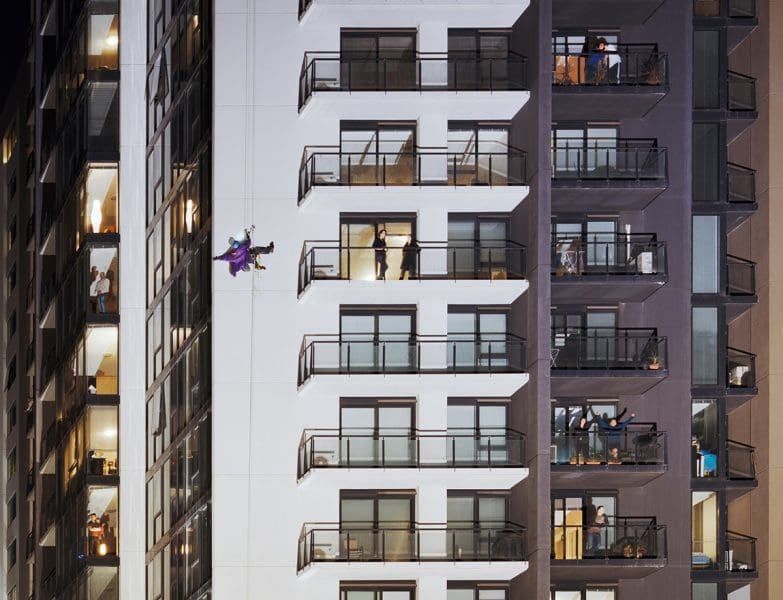
Terrill’s works are akin to history paintings – they reflect a contemporary moment and are grand in scale and rich with detail. He cites Pieter Brueghel the Elder, a 16th century Flemish painter, whose lively works depicted the life of peasants, as an influence which connects these works to a lineage of artists concerned with the public space. “Brueghel’s picture of carnival and lent, for example, has this nice dualism of two ideas: the pub and the church and a multitude of different people and different activities going on in the same space,” says Terrill. Also, a Breughel picture seems to be a universal passport to understanding. I have yet to come across anyone who I would show a Brueghel picture and say ‘I was thinking about doing something like this,’ and their eyes don’t light up whenever they see one.”
In the middle of the gallery sits a 3D printed sculpture modelled on a park bench in Plato’s Academy Park in Greece. “I’ve become interested in extending this idea of place and public space. And Plato’s Academy Park seems like the original site of a contested tradition of Western democracy,” says Terrill. “And I like the bench in this space, CCP as a public gallery, as a possible site for conversation.”
Crowd Theory
Simon Terrill
Centre for Contemporary Photography
2 February – 31 March